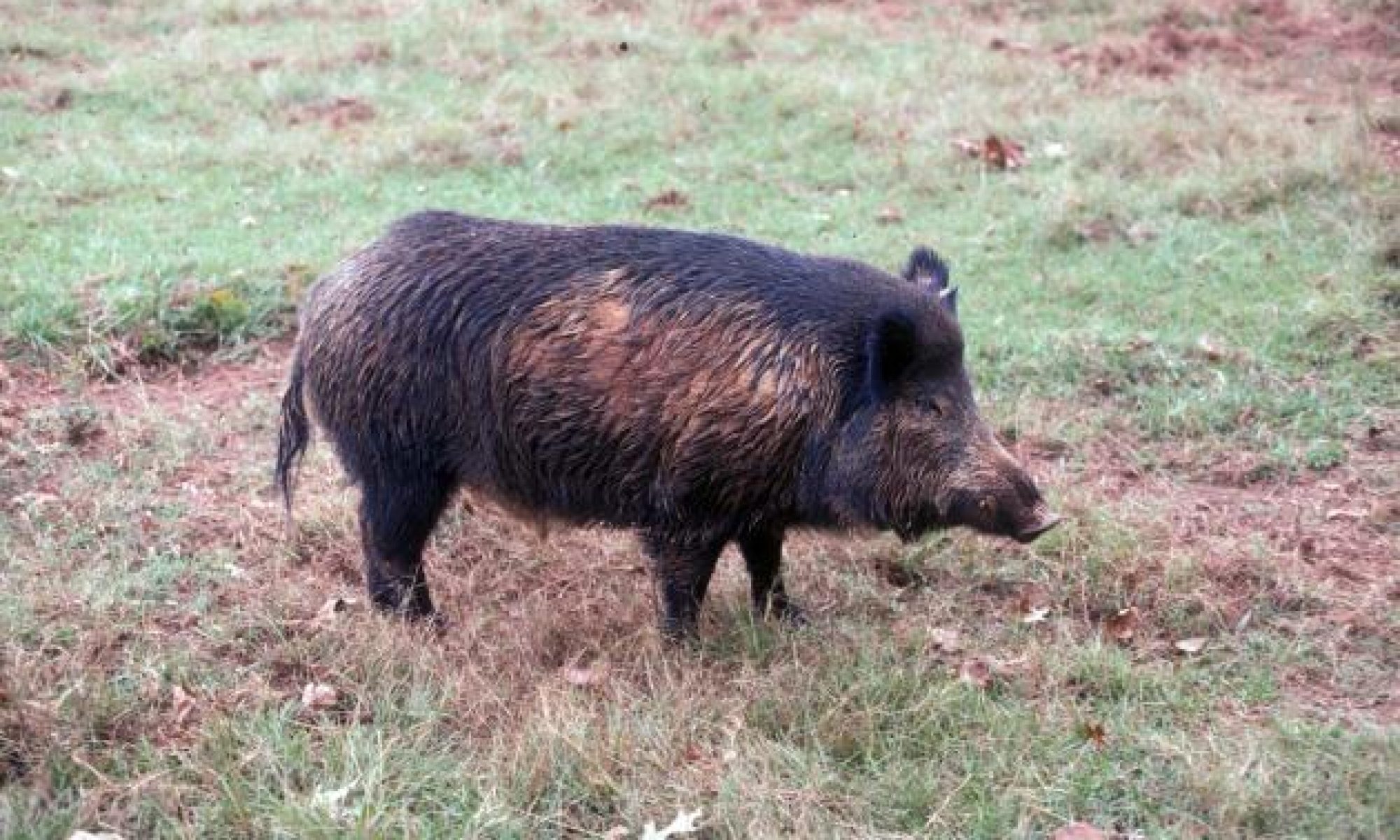Currently, there are no approved poisons or toxicants that are registered and legal for use. However, there is considerable interest among the public and state and federal agencies to research use of toxicants to reduce feral hog (Sus scrofa) populations. The United States Department of Agriculture – Animal and Plant Health Inspection Service (USDA-APHIS) is working with researchers to evaluate toxicants and delivery mechanisms.
A challenge in the use of toxicants is making them species specific. For instance, in Texas, native collared peccary (javelina; Tayassu tajacu) and non-native feral hogs both occupy much of the same habitat. Reproductive output of each is drastically different (2 young and ~6 young per litter for collared peccary and feral hogs, respectively). Both species are omnivores and would consume the same toxicant-laced bait if simply deployed by broadcast. This method would negatively affect collard peccaries. Consequently, researchers are examining delivery mechanisms that would exclude non-target animals like peccaries. Two systems are emerging as top choices and are now being evaluated in states ranging from Texas to Florida.
Dr. Tyler Campbell and colleagues conducted two field trials to collect data to appropriate field application of the Boar-Operated-System (BOS™). This is an oral delivery system designed to provide bait access only to feral swine. Their objectives were to find whether pre-baiting BOS™ units increased bait removal and to assess the proportion of feral hogs and non-target animals that consumed baits designed to deliver toxicants through the BOS™.
In two trials, they used baits placed within 10 BOS™ units and monitored wildlife visits, bait removal, and ingestion using trail cameras and baits containing the marker tetracycline hydrochloride (TH). In the first trial they found three of five pre-baited BOS™ units were used by feral hogs only. Further, they found the five BOS™ units that were not pre-baited were not used by feral hogs or non-target wildlife. In the second trial they found bait removal from the BOS™ to be reduced by only 10% for feral hogs when put into operation, whereas bait removal from the BOS™ by all other wildlife was reduced by 100% when activated. These researchers captured 81 feral hogs and 23 raccoons and finding 90% and 13% to have bio-marked teeth, indicating consumption of baits. They concluded that with a few small modifications, the BOS™ should be considered a valuable tool to be used in feral hog management.
Additionally, USDA APHIS Wildlife Services National Wildlife Research Center scientists are currently working closely with the Invasive Animals Cooperative Research Centre and Animal Control Technologies Australia to evaluate the Australian made HOGGONE toxicatn HOGGOPPER feeder system for application in the United States.
